"CRAFT TOURISM ECHIZEN" Kawakami Gozen, the Goddess of Mother Paper

Echizen Japanese paper with a history of 1500 years. The oldest surviving paper made in Echizen is the Echizen-no-koku Shozeicho (730, Tenpyo 2) in the Shosoin. According to recent surveys, this paper is made from kozo, a tame-zuki (paper-making method in which water containing raw materials is pumped in only once and the water is removed by shaking the girder), and the quality is highly evaluated. It is
The land where the god of "paper" resides
The most important thing for making paper is clean water. The Goka area of Echizen City, which is the home of Echizen washi paper, is home to many washi (Japanese paper) workshops centered around the clear waters of the Okamoto River. . Unlike other paper-making areas, Echizen washi production areas are not scattered widely along clear streams, but are concentrated in the Taniai area. Upstream of the Okamoto River, in the Otaki district, there are Okamoto Shrine and Otaki Shrine, which enshrine the "God of Paper."
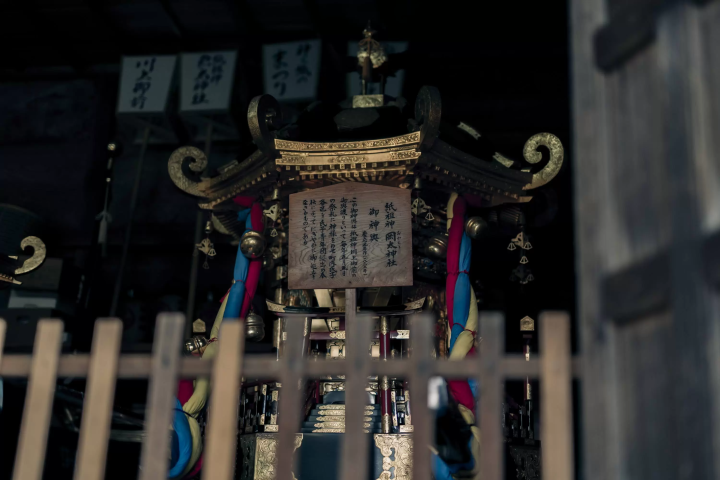
Behind the 1,500 years of traditional craftsmanship is the existence of a "god" who supports the "heart" of the craftsmen. Its name is "Kawakami Gozen". Goddess of women. The legend of Kawakami Gozen goes back 1,500 years. It is said that a woman appeared in the upstream of the Okamoto River and introduced paper-making techniques to the Goka district, where there are few fields.
Okunoin
The God of Bonds, Essential for Craftsmen and Local Communities alike
Passing through the large torii gates of Okamoto Shrine and Otaki Shrine, which also serve as the gates of the Otaki district, and passing several paper manufacturing factories, you will reach Gongenyama, the sacred mountain of Kawakami Gozen. At the foot of the mountain is the Satomiya of Okamoto Shrine, which also serves as Otaki Shrine.
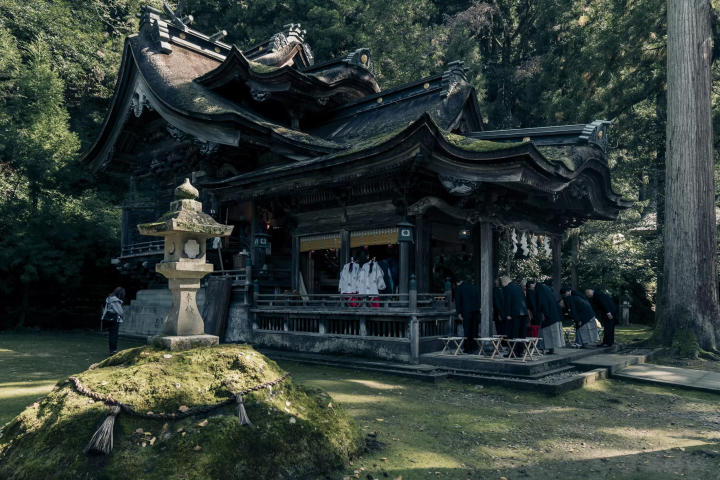
Okamoto Shrine is also listed in the Engishiki Jinmyocho compiled in 926 (extended for four years), proving its long history. In addition, Satomiya, where you can feel the essence of the architecture of the shrine in the late Edo period, was rebuilt in 1843 and is said to have been built by Kanzaemon Okubo, who was the imperial envoy of Eiheiji Temple. If you go around the side of the worship hall, you will be overwhelmed by the fine and magnificent carvings. It is also a very valuable building that was designated as an important cultural property of the country in 1984 (Showa 59).
In addition, large trees such as cedar, cherry, beech, and ginkgo grow in clusters within the precincts, towering high as if forming a barrier, and maintaining a sacred atmosphere.
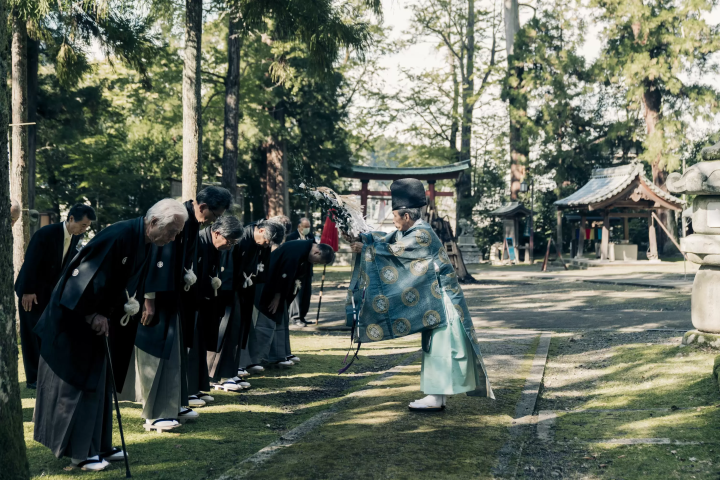
The festival, which conveys gratitude to Kawakami Gozen, has been passed down for 1,500 years by craftsmen, their families, and local residents. The Shikinen Grand Festival (Gokaicho) held every 33 years, the Goshinki (Goshinki) held once every 50 years (Chukaicho), and the spring festival "God and Paper Festival" held in May every year are intangible prefectural events. It is designated as a folk cultural property. The craftsmen all agree that it is precisely because they are able to solemnly carry on the festival as a means to protect the spirituality of the craftsmen that they have survived 1,500 years.
At the Japanese paper workshops in the Goka district, a seated statue of Kawakami Gozen's 'children' is enshrined in a household Shinto altar, under which the Japanese paper is produced. The emotional reassurance that Kawakami Gozen brings to the people engaged in paper making is evident from the episodes full of familiarity with the seated statue. For example, when delivering important paper to the shogunate, a seated statue of Kawakami Gozen was accompanied to pray for safety on the way. It is said that he also brought a seated statue of Kawakami Gozen and displayed it in his laboratory room. Kawakami Gozen, hand-made by craftsmen, has a very gentle expression, and when you look at it, you will feel a sense of relief.
▼Okatsu Shrine/Otaki Shrine
https://www.echizen-tourism.jp/travel_echizen/visit_detail/36
Japanese paper craftsman
Watched over by mother's eyes, wholeheartedly in Japanese paper
While Kawakami Gozen is a female deity, we should not forget that women make up the majority of paper-making craftsmen. Japanese paper craftsman Makiko Iwano, who is the fourth-generation successor of Heizaburo Iwano Paper Mill, looks back on this deity with whom she has been familiar since childhood.

“Ever since I can remember, 70 to 80% of the paper craftsmen in our studio have been women. Many of them came from the neighborhood, so most of them were acquaintances. , I learned about Kawakami Gozen in class, and when there was a festival, my family and relatives would all attend.The wide shrine precincts were a great playground, and I really went there a year. I always bow to Kawakami Gozen when I start work.She is indispensable to our work.I even feel that this work would not be possible without Kawakami Gozen.”
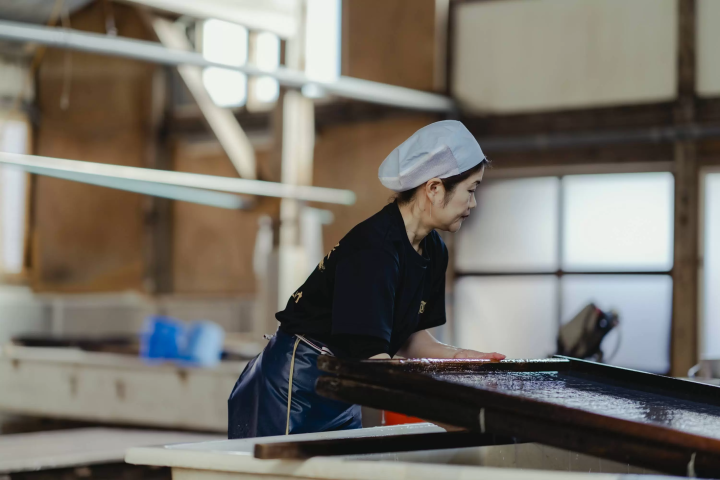
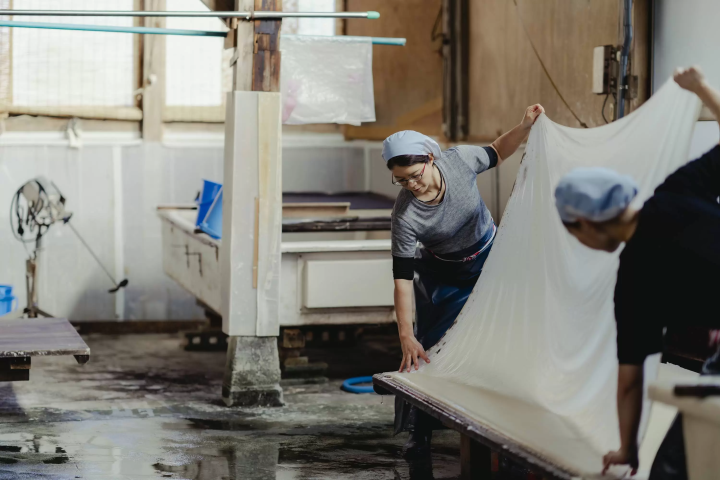
Make Japanese paper with all your heart. It's not easy. The turbulent times of the times have put Japanese paper craftsmen in a difficult situation many times. However, the fact that Kawakami Gozen is always watching over them is a powerful support for the craftsmen. If you think about this god before using Echizen washi paper, you should be able to communicate with Echizen craftsmen even if they are far away.
▼Heisaburo Iwano Paper Mill
Echizen wisdom ~Proposing a new tourism, a journey of wisdom.~ A town that has inherited the skills and spirit of its predecessors for 1,500 years. Echizen, the entrance to the "Koshi no Kuni" ruled by an ancient king. A place of wisdom where cutting-edge technology and culture first flowed in from across the Sea of Japan and became the origin of Japan's profound manufacturing. In the traditional industries that coexist with the nature of the land and in the people who live here, the universal wisdom that human beings want to bring to the next 1000 years is alive. Here and now, there is a future born from exchanges that transcend national borders and time and space. A new quest to find light. Welcome to Echizen.
The contents on this page may partially contain automatic translation.
































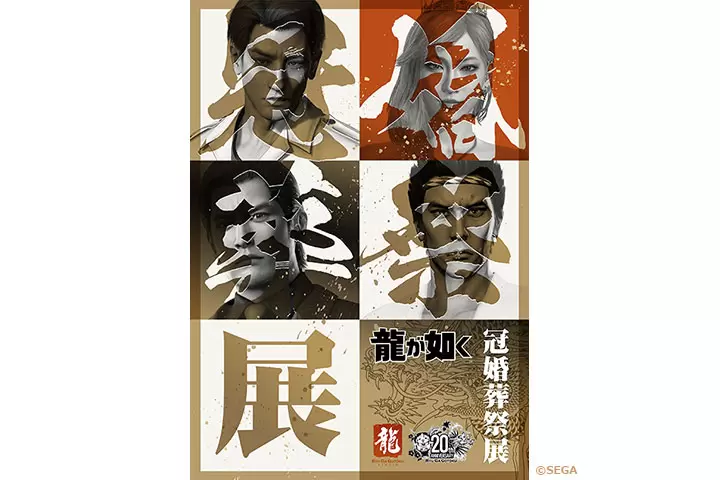

![[Coupon Available] Recommended Fall/Winter Wear from Scandinavian Brand "Helly Hansen"](https://resources.matcha-jp.com/resize/720x2000/2025/12/15-252920.webp)
![Deep dive into Japanese brands! A tour of famous leather shoe stores with GENSEI & Nin [Otsuka Shoes Edition]](https://resources.matcha-jp.com/resize/720x2000/2025/12/15-252972.webp)